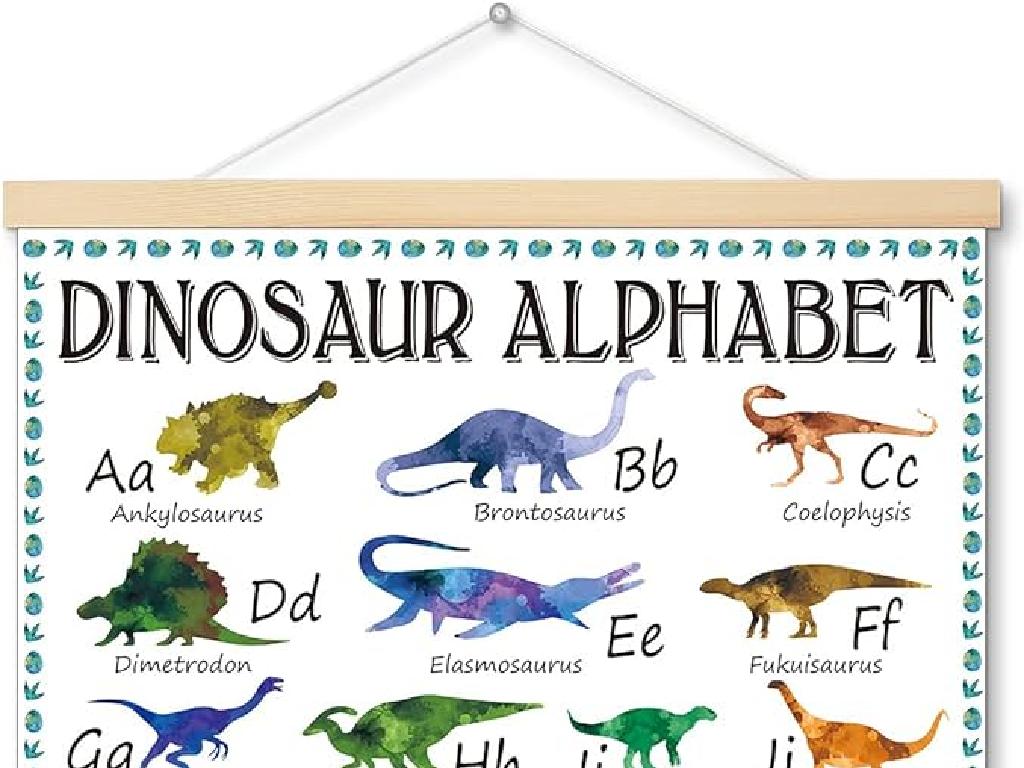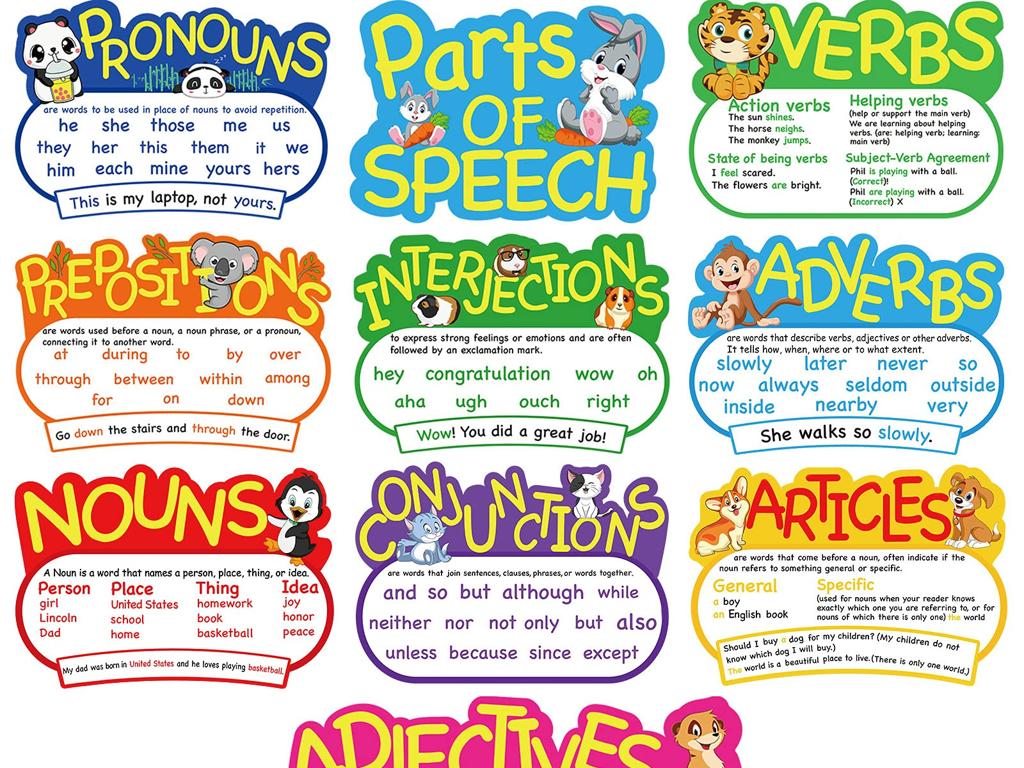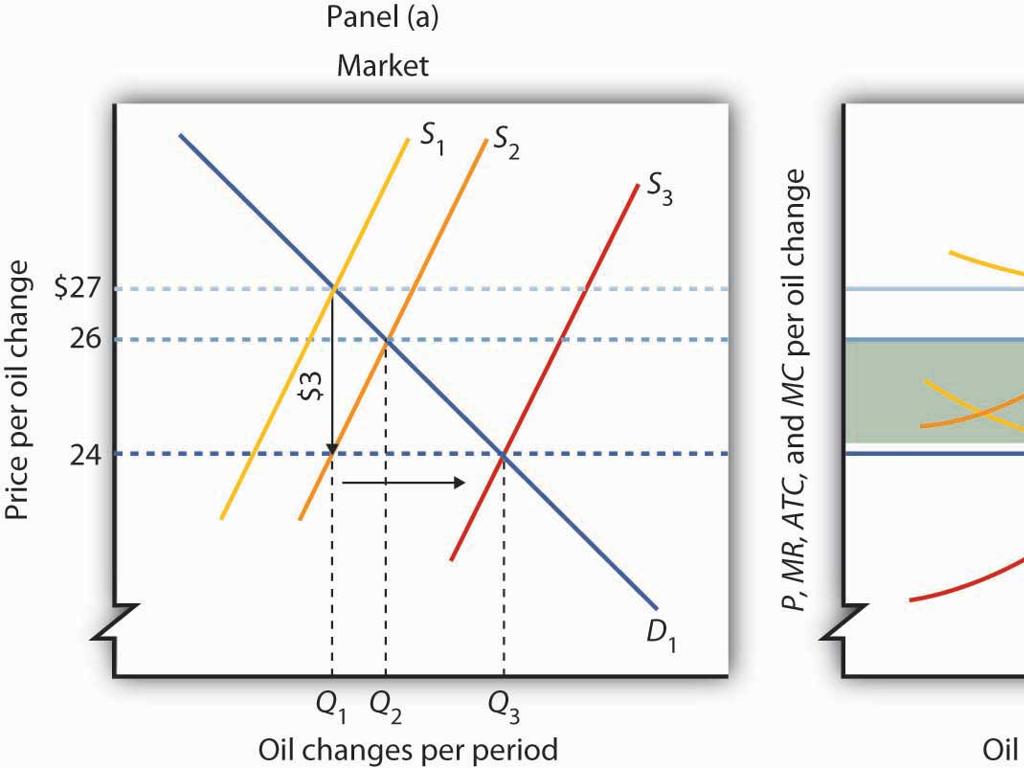Describe Populations, Communities, And Ecosystems
Subject: Science
Grade: Seventh grade
Topic: Ecosystems
Please LOG IN to download the presentation. Access is available to registered users only.
View More Content
Exploring Ecosystems: Populations, Communities, and Ecosystems
– Defining an ecosystem
– An ecosystem includes all living things and their physical surroundings.
– Populations: Groups of same species
– A population is a group of the same species living in an area.
– Communities: Multiple populations
– Communities consist of different populations in an area.
– Ecosystems: Communities and environment
– Ecosystems encompass communities and their non-living environment.
|
This slide introduces students to the concept of ecosystems, which are the foundation of environmental science. Begin by defining an ecosystem as a system comprising of living organisms and the physical environment they interact with. Explain that a population is a group of organisms of the same species that live in the same area, and how multiple populations of different species form a community. Emphasize that an ecosystem includes not just the community of living organisms, but also the non-living elements like water, air, and soil that they interact with. Use examples like a forest or a coral reef to illustrate these concepts. Encourage students to think of local examples and consider the interdependence within ecosystems.
Exploring Populations within Ecosystems
– Define a population in ecology
– A group of the same species living in an area
– Examples of natural populations
– Fish in a pond, trees in a forest
– Key characteristics of populations
– Population size, density, and distribution
|
This slide introduces the concept of a population within the context of ecosystems. A population is defined as a group of organisms of the same species that live in the same area and can interbreed. Provide examples such as a school of fish in a pond or a stand of oak trees in a forest to help students visualize the concept. Discuss important characteristics of populations including size, which is the number of individuals; density, which refers to how packed a population is in a given area; and distribution, which describes how individuals in a population are spaced out across their environment. Emphasize that understanding populations is crucial for studying communities and ecosystems as a whole.
Populations in Detail
– Population change over time
– Species populations fluctuate due to various factors like food availability.
– Factors affecting population size
– Birth/death rates, immigration/emigration affect how many individuals are in a population.
– Understanding growth curves
– Graphs show how populations grow or shrink over time, can be steady or fluctuate.
– Impact on ecosystems
|
This slide delves into the dynamics of populations within ecosystems. Students should understand that populations are not static; they change and adapt over time. Factors such as birth and death rates, as well as migration patterns, play a significant role in determining the size of a population. Population growth curves are visual representations that help us predict future changes and understand past trends. It’s crucial for students to grasp how these population dynamics can impact the broader ecosystem, affecting biodiversity and the availability of resources. Encourage students to think of real-world examples, such as the impact of natural disasters on animal populations, or human activities like deforestation on local species.
Exploring Ecological Communities
– Define ecological community
– A group of different species living & interacting in an area.
– Diversity’s role in communities
– Variety of species ensures ecosystem resilience.
– Types of species interactions
– Mutualism, predation, and competition among species.
– Community dynamics
|
This slide introduces the concept of an ecological community within an ecosystem. Start by defining a community as a group of different species that live in the same area and interact with each other. Emphasize the importance of diversity within these communities, explaining how a variety of species contributes to a more resilient ecosystem that can withstand environmental changes. Discuss the different types of interactions that can occur, such as mutualism where both species benefit, predation where one species hunts another, and competition where species vie for the same resources. Highlight how these interactions influence the dynamics and stability of the community. Encourage students to think of a local example of a community, such as a pond or forest, and consider the different interactions that might be taking place.
Communities in Ecosystems: Interactions and Diversity
– Exploring predator-prey dynamics
– Predators control prey population, affecting community structure.
– Understanding symbiotic relationships
– Mutualism, commensalism, parasitism: species interacting in different ways.
– Biodiversity’s role in communities
– High biodiversity leads to a resilient and stable community.
– Maintaining ecosystem balance
|
This slide delves into the complex interactions within ecological communities. Start by discussing the predator-prey relationships, highlighting how predators can influence the population size and behavior of prey species, which in turn affects the entire community structure. Move on to symbiotic relationships, explaining the three main types: mutualism, where both species benefit; commensalism, where one benefits without harming the other; and parasitism, where one benefits at the expense of the other. Emphasize the importance of biodiversity, explaining that a variety of species can lead to a more resilient ecosystem capable of withstanding environmental changes. Conclude by discussing how all these factors contribute to the overall balance and health of an ecosystem. Encourage students to think of examples from local or well-known ecosystems.
Exploring Ecosystems
– Define an ecosystem
– A community of living organisms interacting with their environment.
– Explore ecosystem components
– Includes biotic (living) and abiotic (non-living) elements.
– Understand ecosystem functions
– Energy flows and matter cycles create a dynamic system.
|
An ecosystem is a complex network where plants, animals, and microorganisms interact with the physical environment. When discussing ecosystems, it’s crucial to highlight both the living (biotic) components, such as plants and animals, and the non-living (abiotic) components, like water, air, and minerals. Explain how these components work together to form a functional unit where energy is transferred and matter is recycled. Emphasize the balance and interdependence within an ecosystem, and how changes to one part can affect the whole. Use examples like a forest, a pond, or a coral reef to illustrate the concept.
Ecosystems in Detail: Dynamics of Nature
– Energy flow in ecosystems
– Producers to consumers: Sunlight to plants to animals
– Matter cycles within ecosystems
– Water, carbon, and nitrogen recycle naturally
– Stability and change in ecosystems
– Ecosystems can recover from disturbances over time
|
This slide delves into the intricate workings of ecosystems, focusing on the flow of energy, the cycling of matter, and the concepts of stability and change. Energy flow is a fundamental concept, starting with sunlight being converted by plants (producers) into energy, which is then passed on to consumers (animals). Matter cycles, such as those of water, carbon, and nitrogen, are closed loops in nature where elements move through the living and non-living parts of ecosystems. Stability and change refer to an ecosystem’s ability to maintain its structure and function over time despite disturbances, and its capacity to recover from such events. Encourage students to think about local examples of ecosystems and discuss how these concepts apply. This will help them understand the resilience and interconnectedness of natural environments.
Human Impact on Ecosystems
– Human interactions with ecosystems
– Activities can have positive or negative effects, like planting trees or pollution.
– Conservation vs. preservation
– Conservation involves sustainable use, while preservation means protecting nature from use.
– Our role in ecosystem protection
– Each of us can contribute to protecting our environment through small daily actions.
– Balancing impact with stewardship
|
This slide aims to educate students on the various ways humans affect ecosystems and the importance of our actions. Highlight both the beneficial and detrimental effects of human activities on the environment. Discuss the concepts of conservation and preservation, ensuring students understand the difference between using resources wisely and leaving areas untouched. Emphasize personal responsibility and collective action in protecting our planet, and inspire students to think about how they can make a difference. Encourage them to consider both immediate actions and long-term commitments to environmental stewardship.
Class Activity: Create Your Own Ecosystem
– Divide into groups for ecosystem project
– Design a model ecosystem with diversity
– Think about different habitats and the organisms that live there
– Include different populations and a community
– Populations are groups of the same species; communities are multiple populations
– Present your ecosystem model to the class
|
This class activity is designed to help students apply their knowledge of ecosystems by creating their own model ecosystems in groups. Each group should consider various factors such as habitat, food sources, and interactions between organisms. They should include multiple populations (groups of the same species) and ensure that their model represents a community (different species living together). Encourage creativity and ensure that each group understands the importance of biodiversity. After completion, each group will present their ecosystem to the class, explaining the interactions and relationships within their model. Possible activities could include drawing a diagram on paper, building a 3D model with craft materials, or creating a digital representation using software. This hands-on approach will help students better understand the complexity and interdependence within ecosystems.
Ecosystems: Conclusion and Recap
– Recap: Populations and Communities
– Populations are groups of the same species; communities are various populations in an area.
– Ecosystems’ Role and Importance
– Ecosystems support life, showing interdependence between organisms and their environment.
– Reflect on What We’ve Learned
– Open Floor for Q&A Session
– Time to ask questions or clarify doubts about ecosystems.
|
This slide aims to summarize the key concepts discussed in the lesson on ecosystems. Start by reviewing the definitions and differences between populations, communities, and ecosystems. Emphasize the importance of ecosystems in supporting life and maintaining balance in the environment. Encourage students to reflect on the interconnectedness of organisms within an ecosystem and how each organism plays a vital role. Conclude the presentation by opening the floor for a question and answer session, allowing students to clarify any uncertainties and engage in a discussion to reinforce their understanding of the topic.






